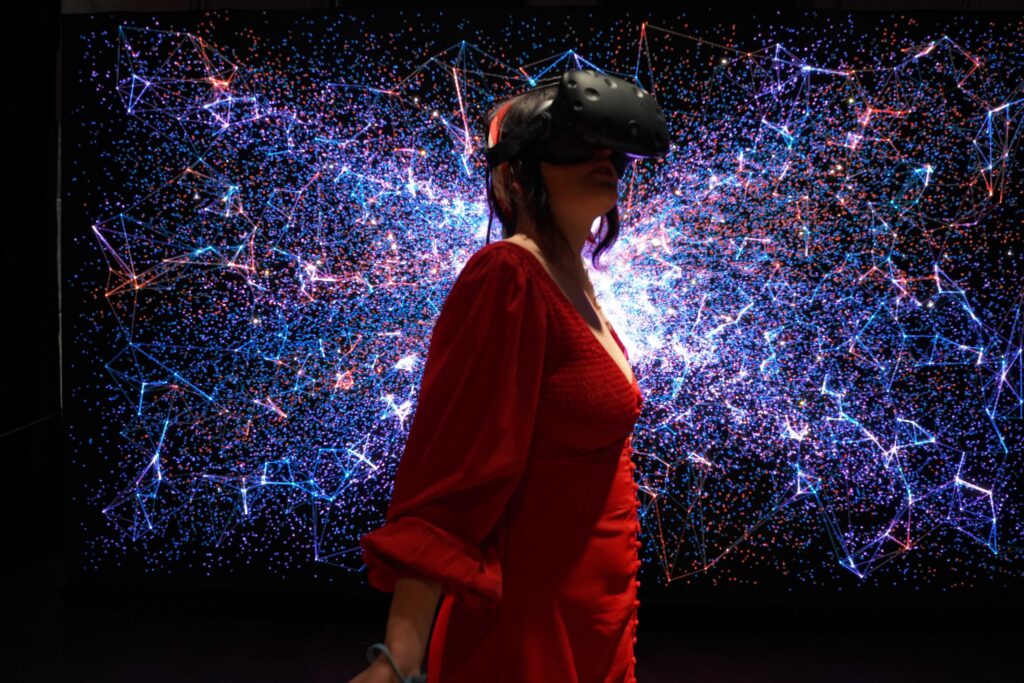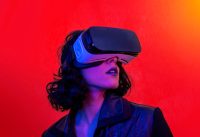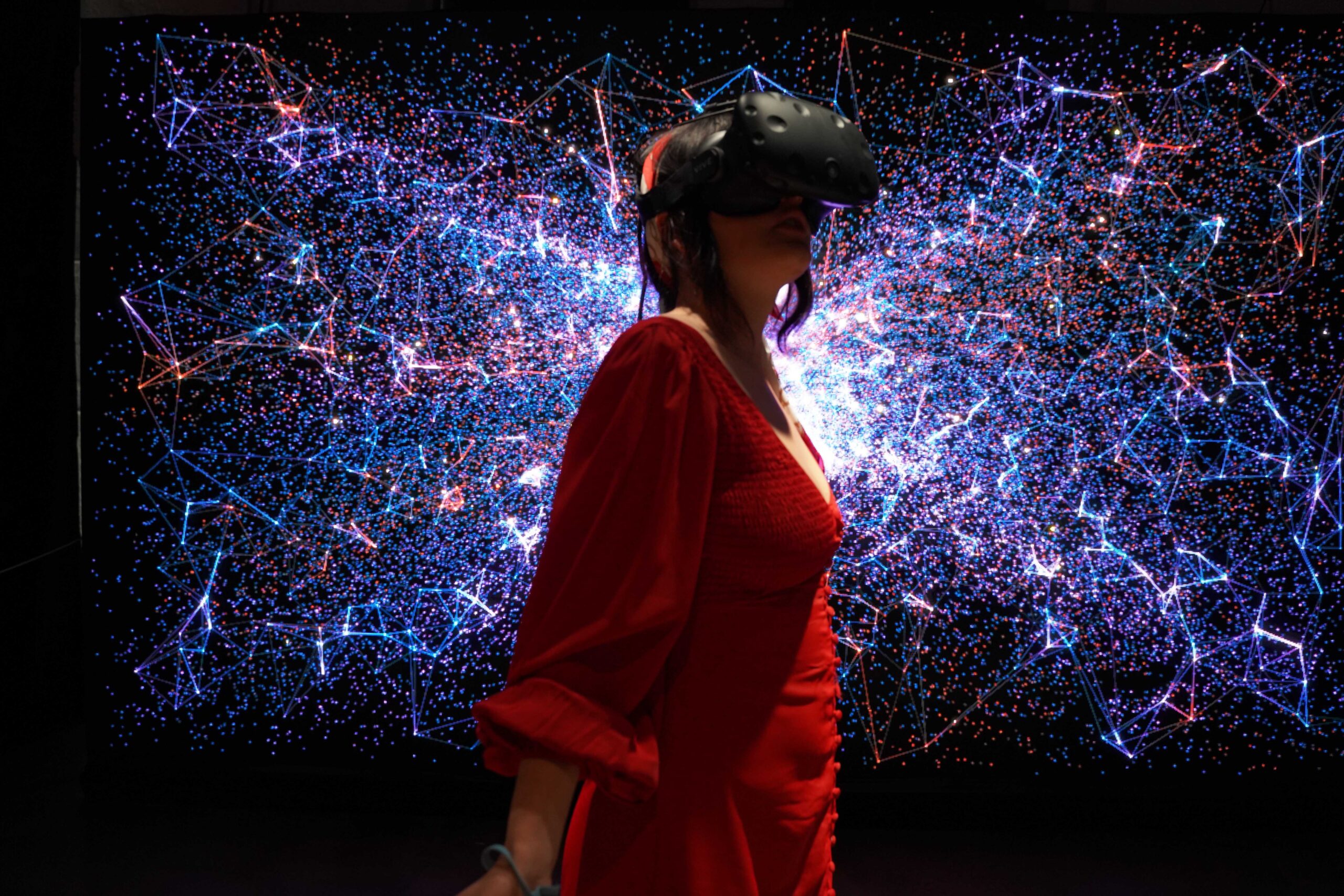The Benefits of XR Development

Technology is advancing rapidly in our world today. Only those who are knowledgeable about it will surely have a competitive advantage in future work. A clear example of such advanced technology is XR, which simply means Extended Reality.
Without a doubt, it is gradually dominating workplaces, healthcare industries, business centers, and the educational sector, among others; hence its importance. In this article, we will discuss the basics of XR, its development, as well as its benefits. You may also want to check out this website to see how tech startups are shaping the future of work.
What is XR?
As mentioned earlier, XR is a technical term for Extended Reality. It is a combination of the properties of three phenomena:
- Augmented reality (AR)
- Mixed reality (MR)
- Virtual reality (VR)
XR technology incorporates both virtual and real worlds. It also establishes communication between humans and machines. Therefore, a proper understanding of XR would demand a prior understanding of the three concepts mentioned above.
Virtual Reality (VR)
This technology is otherwise known as computer-simulated reality. In this kind of science, humans are offered a reality totally different from the already existing ones, or they are immersed in a replication of the real world. As a result, a human’s real world is replaced by a digital world.
The VR application presents a location infused with real videos, sounds, and images, especially when supported with the exact headsets. This simulated environment also includes the five senses: touch, smell, sight, taste, and hearing.
One very interesting benefit here is that it provides you the opportunity to be at a place or different places you’re incapable of being at certain points in time. It also enables you to have new and wonderful experiences in places of interest without having to leave your home.
This is widely noticed in the entertainment and gaming industry where people can, through the virtual world go to certain places they ordinarily may not be able to. The VR can either look like a cartoon image or a replicated real world, and it depends on what the creator wishes. You can visit https://en.wikipedia.org/ to learn more about virtual reality.
Augmented Reality (AR)
The AR application is in direct contrast with the VR. This is because, in AR, a new world is not created from the already existing world. Rather, certain unique features such as video, graphics, sound, and data are used to augment the existing physical environment.
As the name implies, augmented reality does not alter the existence of the world completely but adds some unique features to improve its realness. On the flip side, users of this technology are unable to communicate with an artificial environment. This means that our ‘real’ world is covered up.
An example of this can be found in the cameras and headsets of smartphones which have helped place a cover on our real-world; thus augmenting it. The entertainment and gaming industry utilizes this technology in improving the display of sporting events.
Mixed Reality (MR)
Mixed reality is a mixture of both the qualities of AR and VR. This system creates a fresh world, where there is an interaction between synthetic and physical objects. The objects can respond to themselves at an actual time.
MR is best known for its flexibility because it combines the best qualities of both virtual and augmented realities. It likewise creates an environment that permits its operators to enjoy the physical world while having some artificial objects alongside. These virtual objects are fastened to an actual point which also enables users to relate with or to them as physical objects.
It is based on these three technologies that the Extended Reality (XR) was found. Having understood Virtual Reality, Augmented Reality, and Mixed Reality, let’s discuss the applications of XR and how XR development services can benefit your business.
Applications of XR Development
Extended reality can be used in different industries. This includes:
- Education: A good example of XR in education is Google Expeditions where students sit in the classroom and go on a virtual field trip to several destinations.
- Medicine: to train doctors, surgeons, and emergency responders.
- Architecture: architects can create a full-scale prototype to test their ideas.
- Engineering: automotive engineers can create prototypes without spending money on expensive parts.
- Fashion: retailers can customize wears and build virtual stores for customers to browse through their collections.
XR can be intertwined with different activities using simulation technology. Hence, its application is not limited to only those mentioned above.
Benefits of XR Development
The benefits of XR are as follows:
- It offers users a wonderful experience without having to step outside their homes.
- When used in training, it ensures that the lesson is well understood since it presents a real-life perspective of the subject matter.
- Training that involves hazardous conditions is made safer through virtual classrooms.
- XR is not limited by distance. Hence, data can be accessed remotely.
Conclusion
Various companies in the health, education, gaming, military, and engineering industries are already utilizing Extended Reality. Although the technology is still in its formative stage, it holds a lot of potential. Therefore, the service provider you choose for your XR projects should possess the required expertise to minimize risks.




